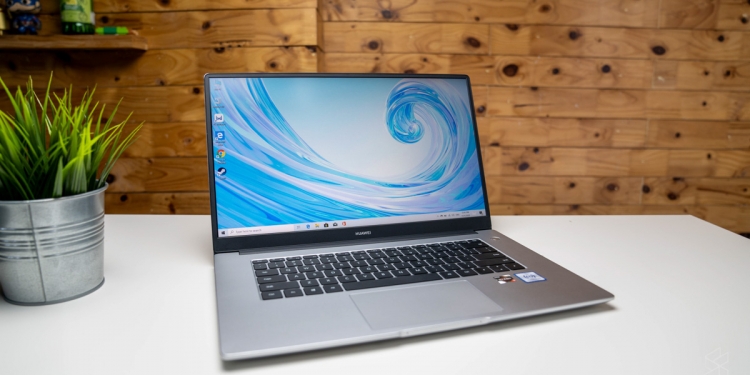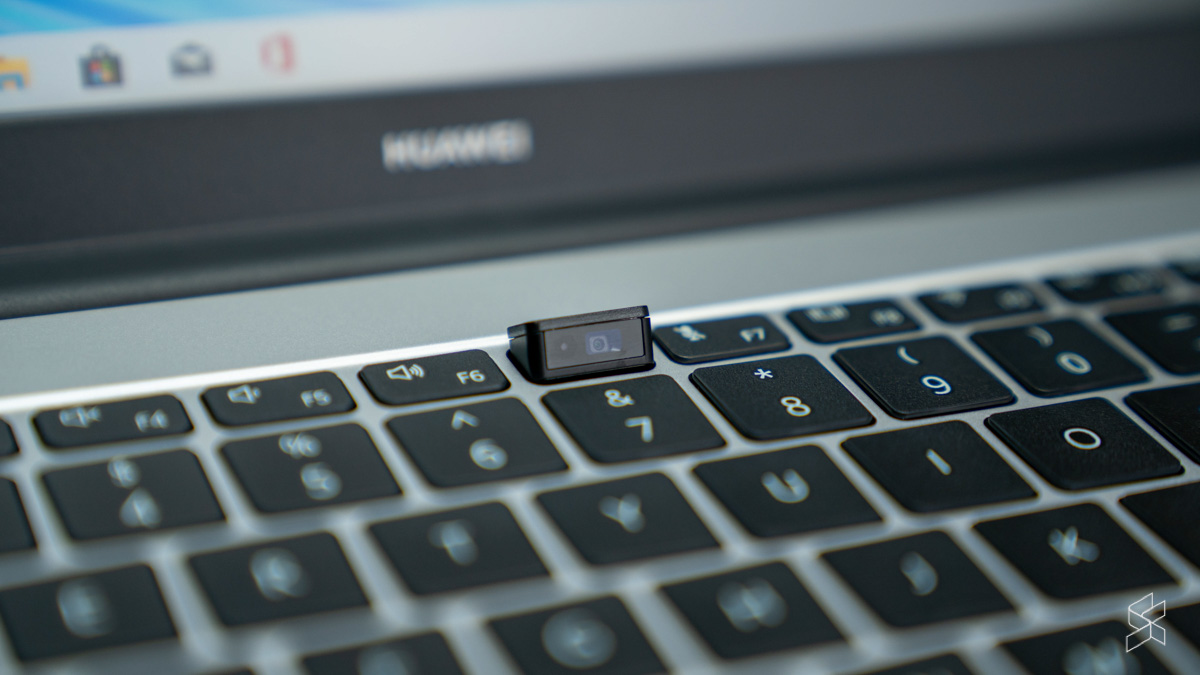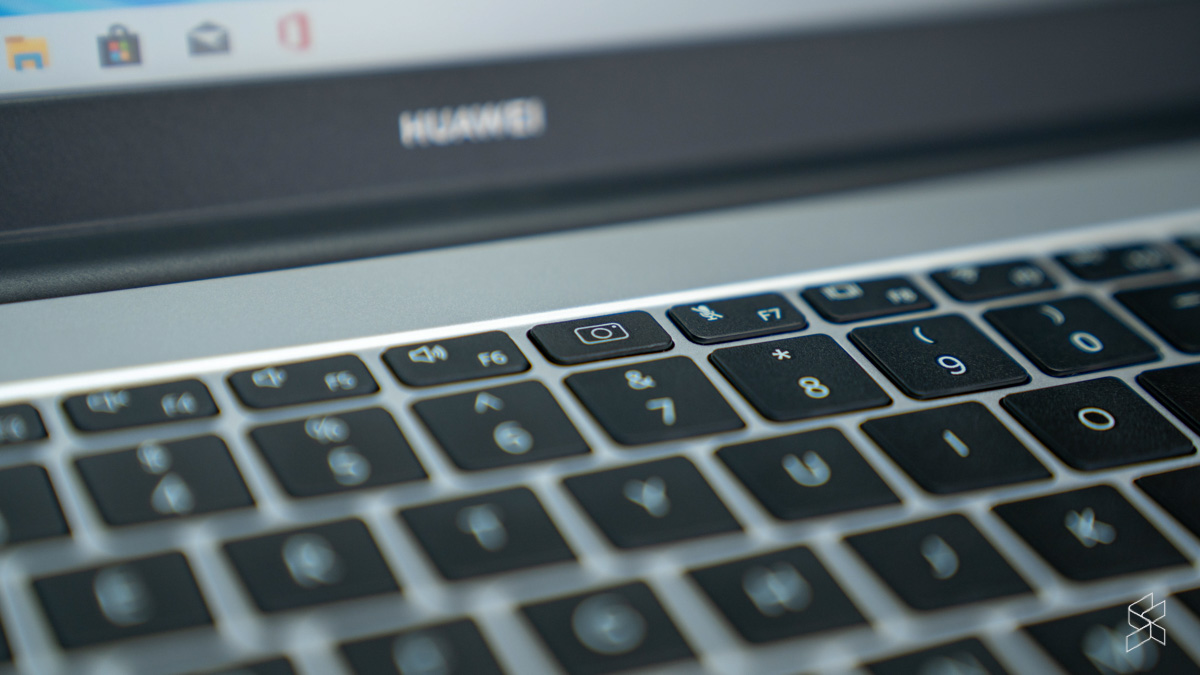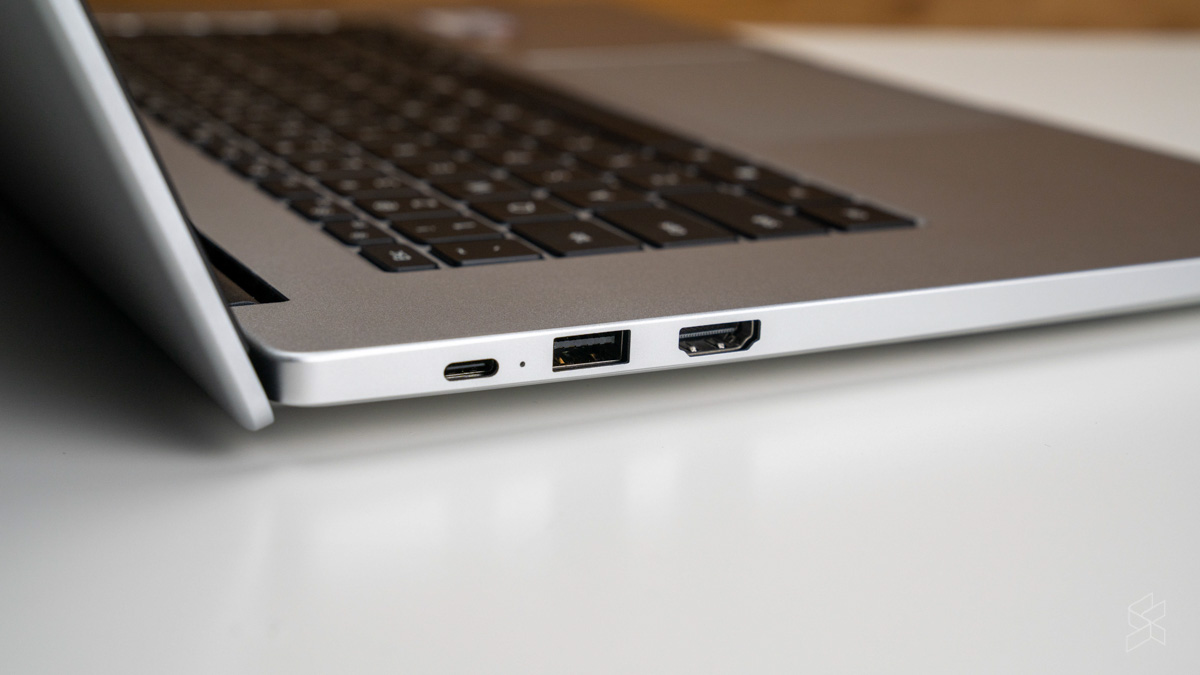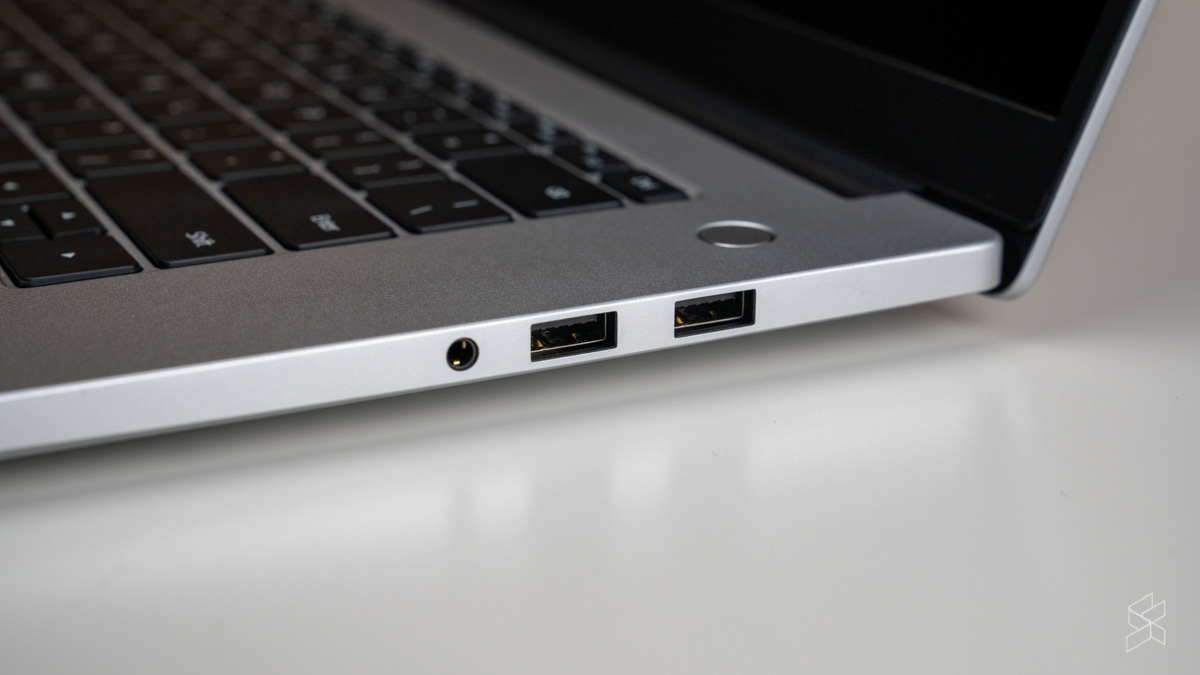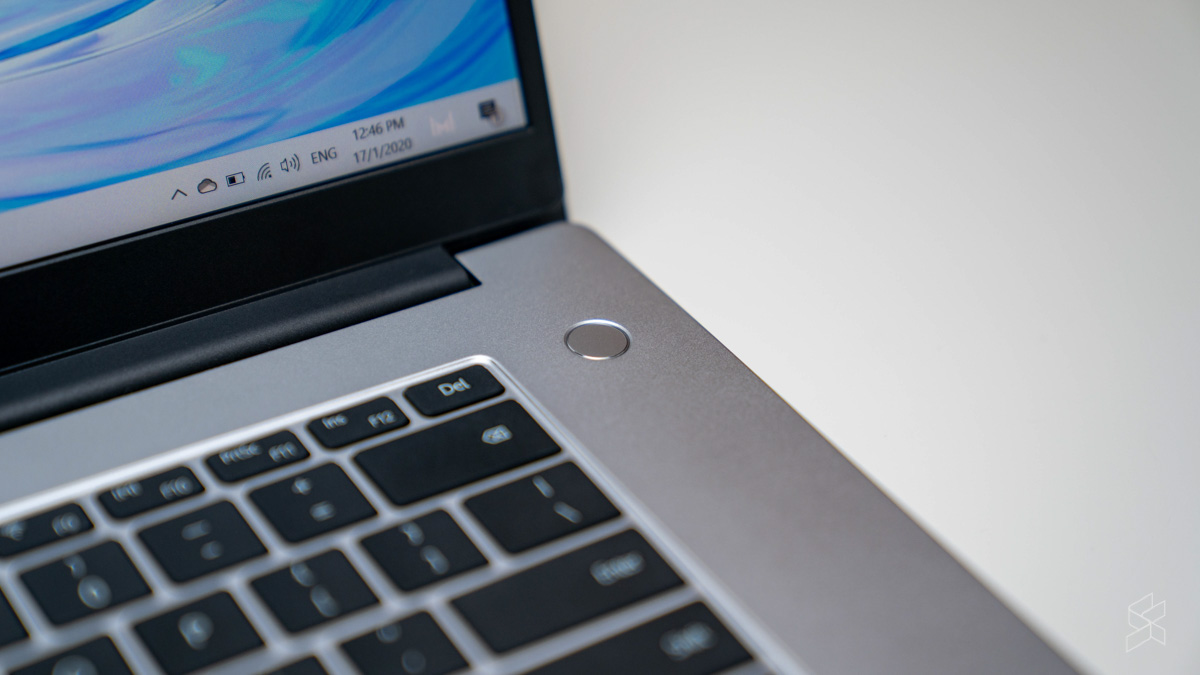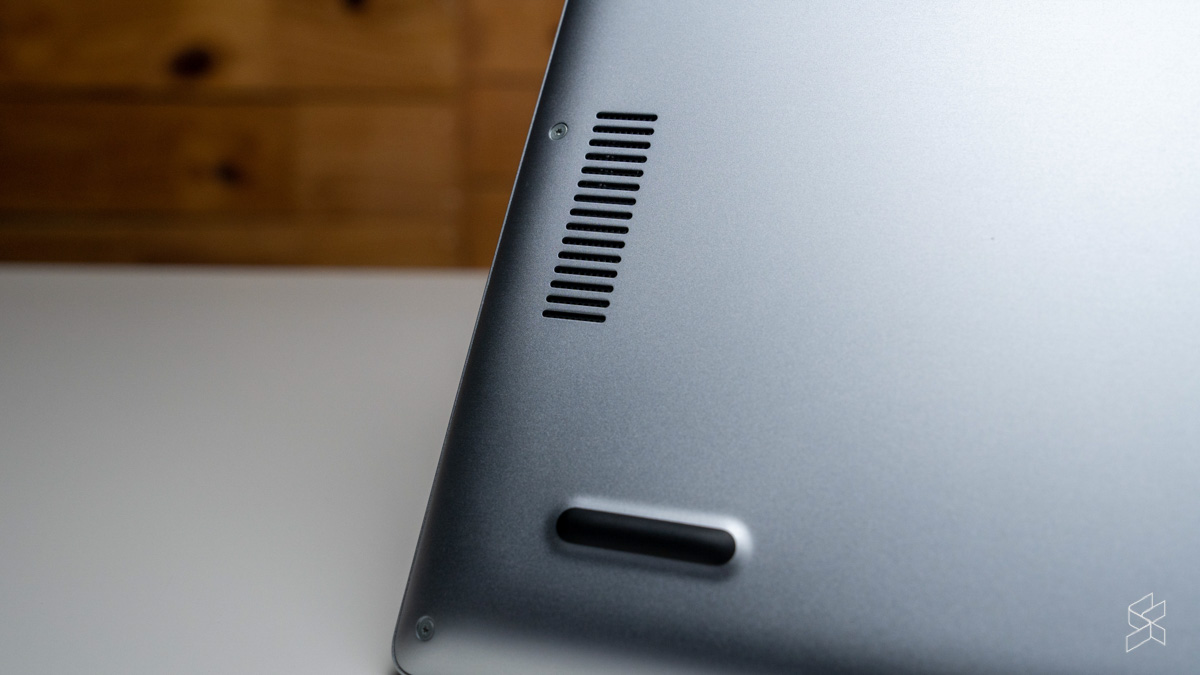If you thought picking out a bang-for-buck smartphone was difficult, let me just say that if you ask me, doing that for a laptop is much harder. On top of the usual performance-per-ringgit, you also need to consider stuff like weight, keyboard feel, chassis rigidity, ports, and so much more. Which is why it’s always hard to give a solid evaluation for a laptop like the Huawei MateBook D 15.
On paper, the specs aren’t super impressive compared to the other laptops in its price bracket. Plus, it sacrifices on some stuff that I think a lot of people take for granted with a modern laptop. That said, on the flip side of things, the laptop delivers in other aspects that you may not find on a spec-sheet.
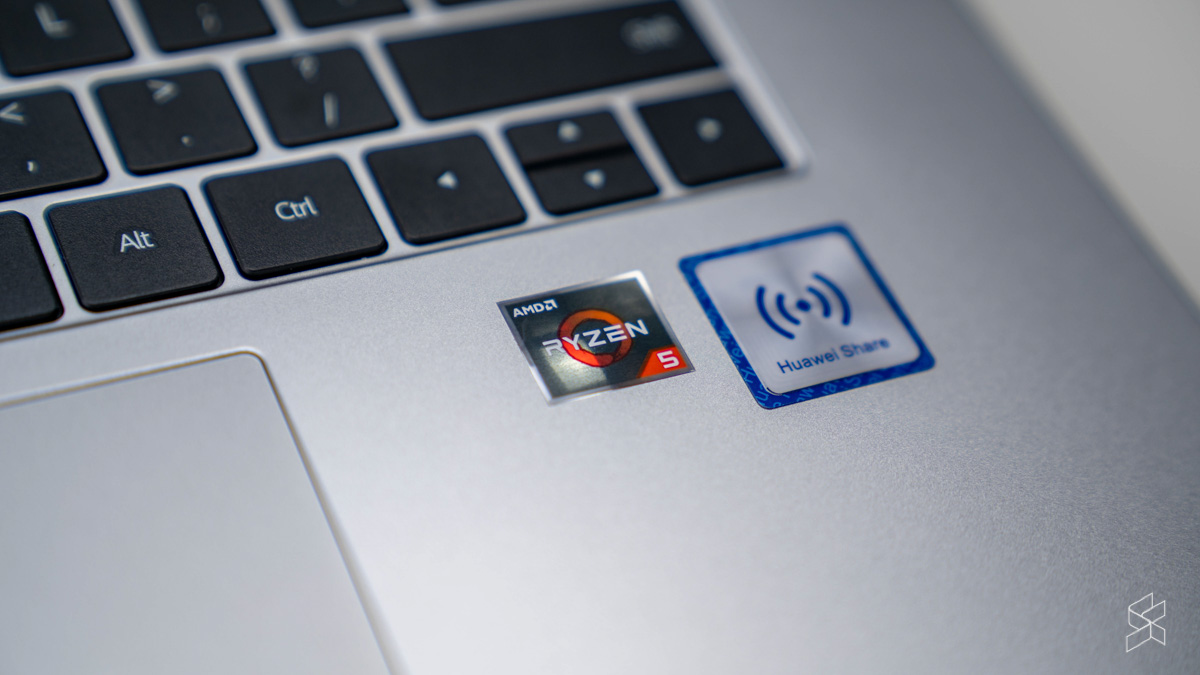
But, since specs will always be the most important, let’s start there—especially since Huawei just released a more affordable variant of the laptop. So, the MateBook D 15 comes packing an AMD Ryzen 5 3500U processor with 8GB of RAM. For storage, you get two different options. RM2,499 will net you a 256GB PCIe SSD with a 1TB hard disk for mass storage. If you want to save RM200, you can opt to exclude the hard disk and pay just RM2,299 instead.
If we were to look at the specs alone, this laptop doesn’t really fare very well especially if you compare it to a lot of the entry-level gaming laptops like Asus’ TUF series, for example. Those tend to come with better processors, more SSD storage and even a discrete GPU.
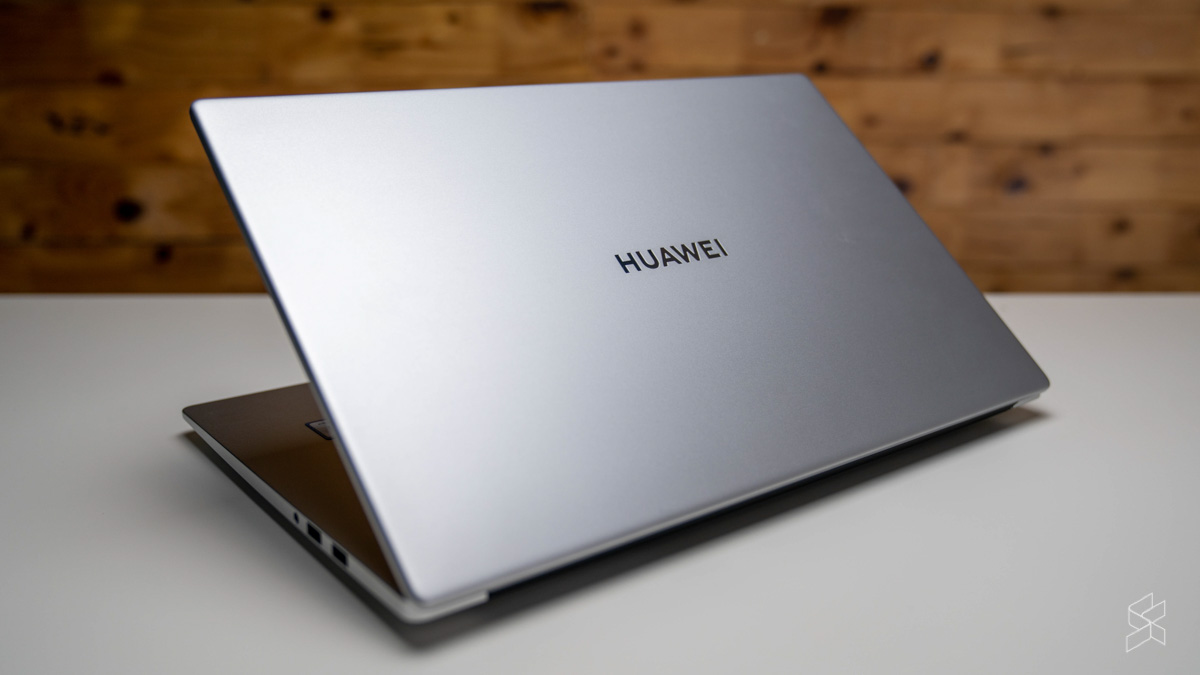
That extra power is important if you’re someone who wants to run power intensive programs on their laptop. But, if you look at the way the MateBook D 15 is designed and marketed, it isn’t really geared towards that consumer. I think it’s geared more towards those who want portability and a more boardroom-friendly design.
Which is why the MateBook D 15 looks a little like a knock-off MacBook—which isn’t necessarily a bad thing. It has a very reasonable footprint for a laptop with a 15.6″ IPS display, is just 16.9mm thick and weighs just over 1.5kg. Those numbers are not bad for a laptop of this size, especially one that has the metallic body that the MateBook D 15 does.
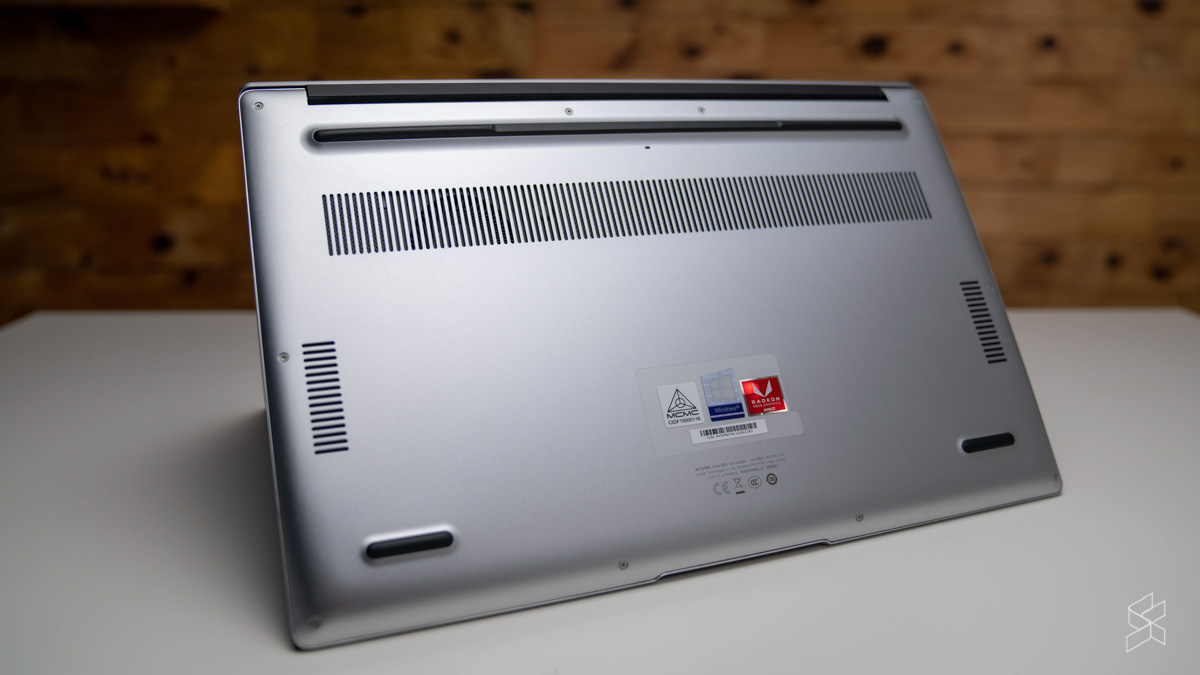
However, I have to say that the laptop’s body doesn’t feel particularly premium. The finishing has that cheap feeling to it, if that makes sense, and is certainly not as exquisite as something that you’d find on a MacBook, for example. But, the chassis and screen feel sturdy enough without much flex even when I push down firmly on the keyboard and display panel.
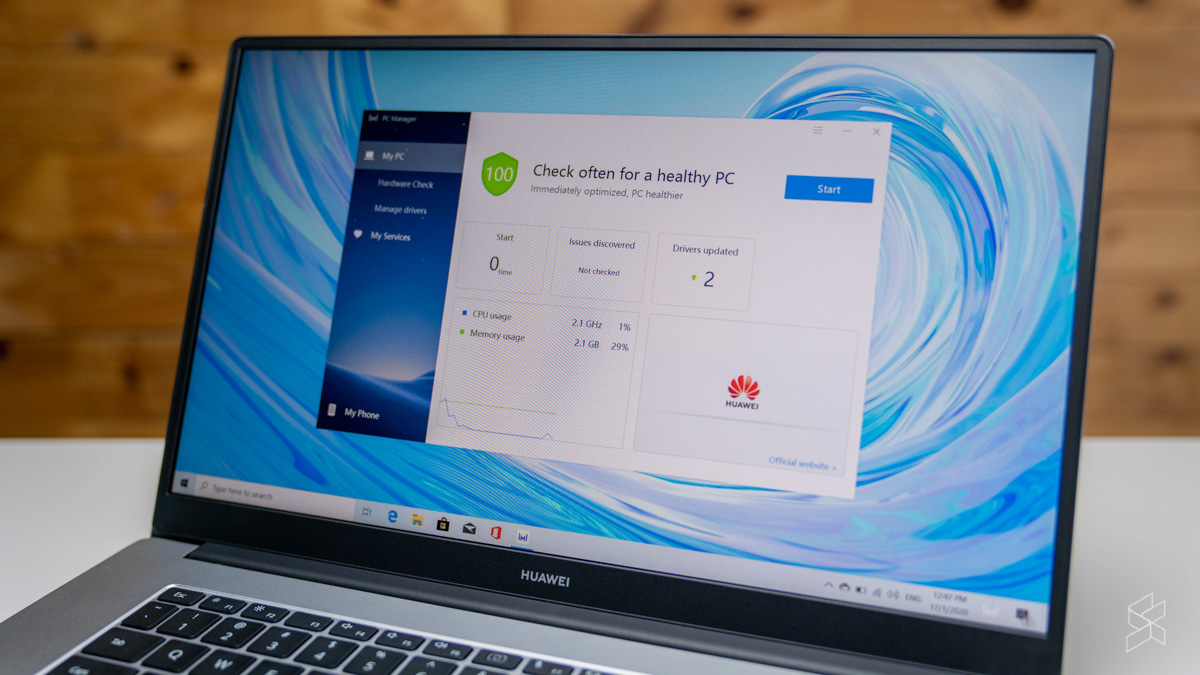
I was, however, a little underwhelmed by the MateBook D 15’s screen. It’s not bad per se, but I’m not personally a fan of the matte anti-glare coating. I suppose if you work with your screen facing the sun a lot, you might appreciate this, but I’d rather sit in the shade with a glossy panel.
That being said, I was surprised to find that the MateBook D 15 had an OK keyboard. It has decent travel, is quite well spaced, and is a serviceable keyboard for the most part. I would have liked a little more tactility, but I think that’s down to preference.
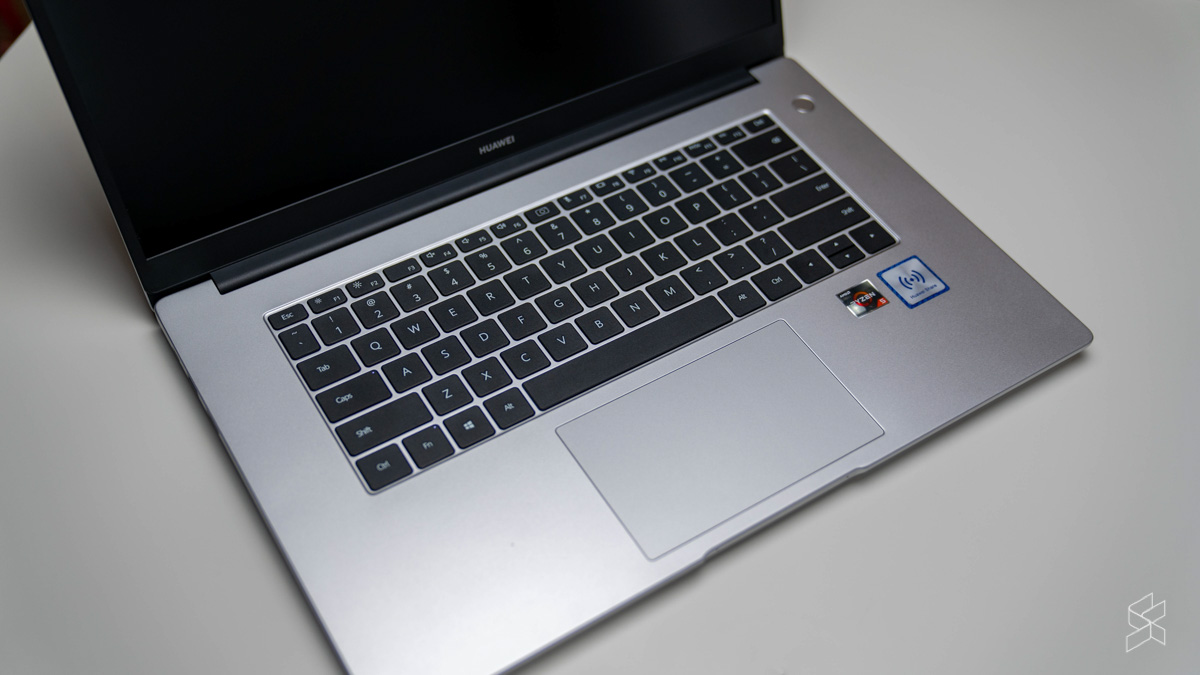
There is a caveat, however. Remember how I said the MateBook D 15 sacrificed on something a lot of people take for granted on modern laptops? Well, not only does this 15.6″ laptop not come with a NumPad, but it also doesn’t come with any backlight on its keyboard. Personally, I didn’t feel like this was a big deal because I’m more of a touch-typist and I find that the screen illuminates my keyboard deck well enough when I’m in a dark room, but I know a lot were quite upset with this omission. Still, I don’t think you should ever be typing in a dark room because it’s terrible for your eyes, but should you need to, I guess this could be annoying for some.
I did, however, find it interesting that Huawei actually equipped the MateBook D 15 with their hidden pop-up camera that we saw on the high-end MateBook X. I’m daily driving a MateBook 13 and even my laptop (which is double the price of the D 15) doesn’t have this feature.
If you can look past that, the MateBook D 15 does offer quite a nice collection of other features that I often miss on other laptops in its class. I/O, for example, is pretty good. You get three USB-A ports (2x 2.0, 1x 3.0), one USB-C port, one HDMI port and a 3.5mm combo jack. What I particularly liked about this is that the laptop also charges via the USB-C port so you can use your laptop charger to power up your smartphone too.
What’s more, you also get a nice pair of speakers that are really quite loud for a laptop. They’re not quite MacBook Pro speakers, but they’re really solid by Windows standard, especially on affordable devices at this price point. You also get a fingerprint scanner on the power button, and of course you have Huawei Share which is like an NFC point to quickly send stuff from your Huawei smartphone to your laptop.
I primarily use my laptop for writing, word processing and other boring stuff, so I had no big issues with the MateBook D 15’s daily performance. That being said, I only spent like a day with the device so I’m not sure how well this will hold up if you throw video editing at it too. That will have to wait for the full review which my colleague Ray will be doing.
As it stands though, I still find it a little hard to recommend this laptop at its price point. Personally, if I’m going for a sub-RM2,500 laptop, I’d rather maximise on performance as much as I could, so something like the ASUS TUF FX505 (buy on Lazada, Shopee) is more appealing to me. Looks, portability and those other surface-level things are what I’d consider a luxury and are not usually stuff I seek out at such a low price. If you want lightness, good looks and a well machined body, I’d top up and go for the MateBook 13 (buy on Lazada, Shopee) instead, which is a laptop I’ve been daily driving for a couple of months now.
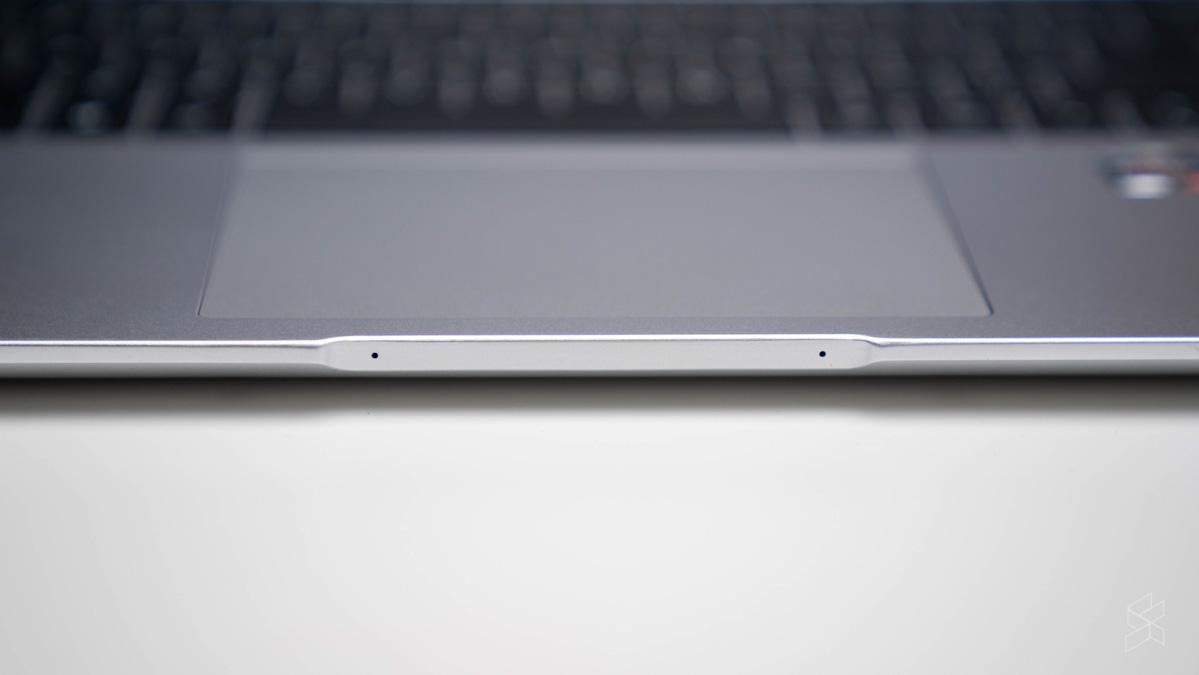
The Core i7 MateBook 13 I have has enough power for all my needs, including basic 4K video editing (multi-cam workflows will choke it up), and it has a discrete GPU too. Plus, it is much lighter, has a great Quad HD display with my preferred 3:2 aspect ratio, nice speakers, and a serviceable keyboard to boot. I just wasn’t a fan of the trackpad, but that’s something the MateBook 13 shares with the MateBook D 15.
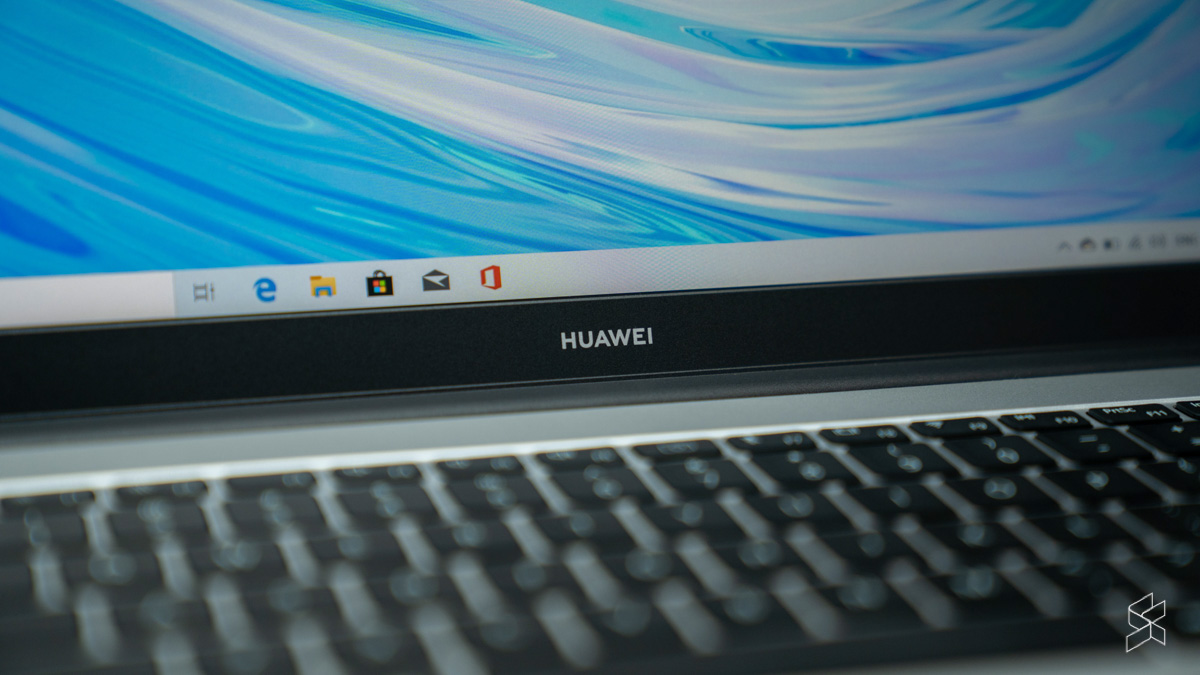
However, if budget is really a big issue, and you’re OK with the compromises Huawei made with the MateBook 13, I don’t think that it’s a bad option at all. In fact, I think for most daily workflows whether you’re a student or business person, this laptop should be more than good enough.
Buy the Huawei MateBook D 15 on Lazada, Shopee and the Huawei Online Store.
Photography by Marcus Choo with the Sony A7 III.

